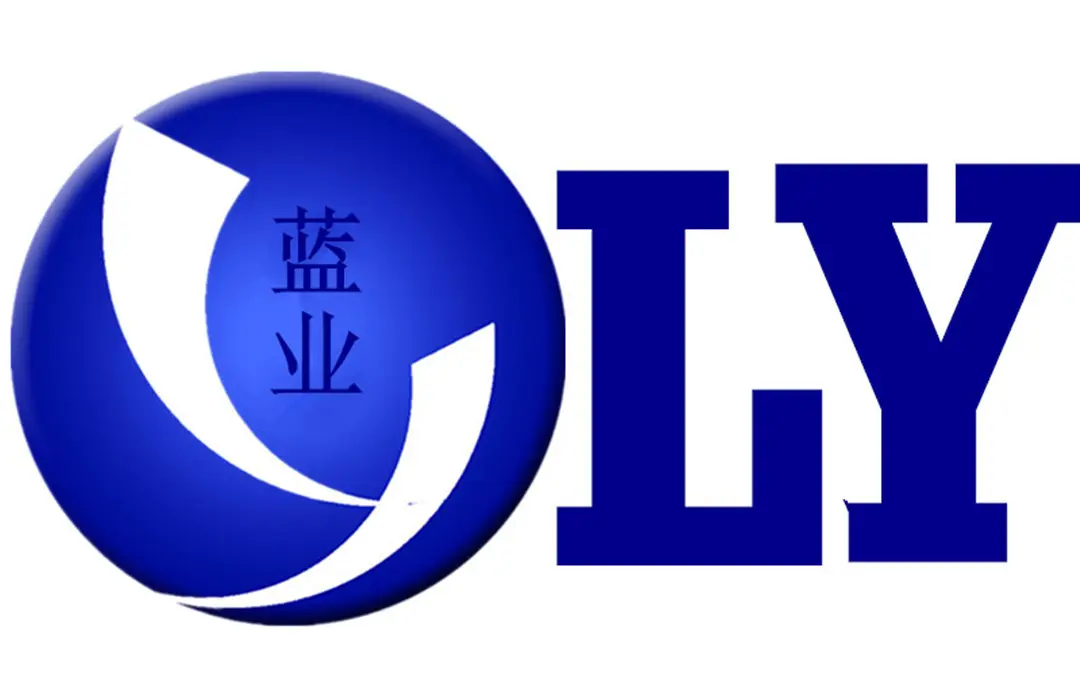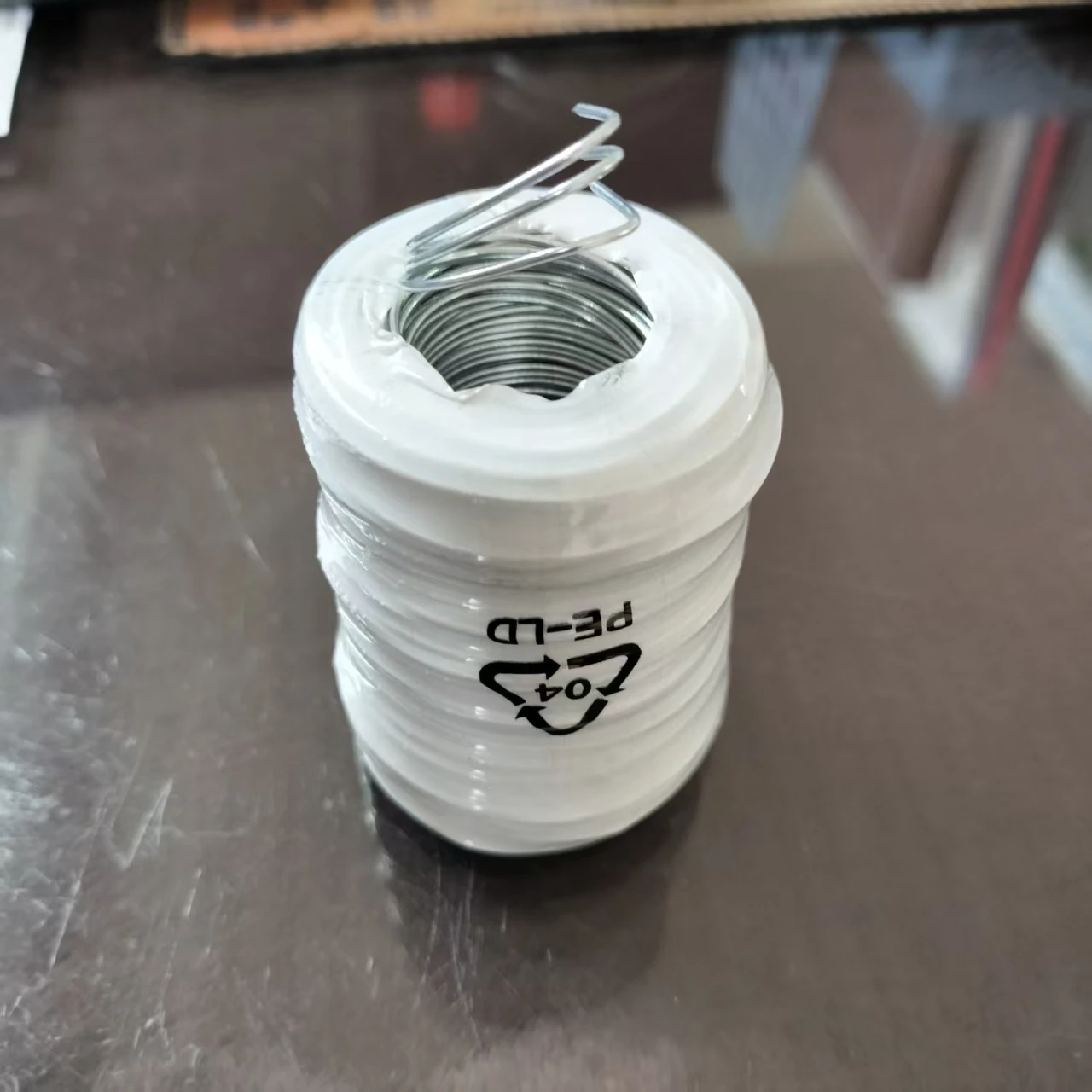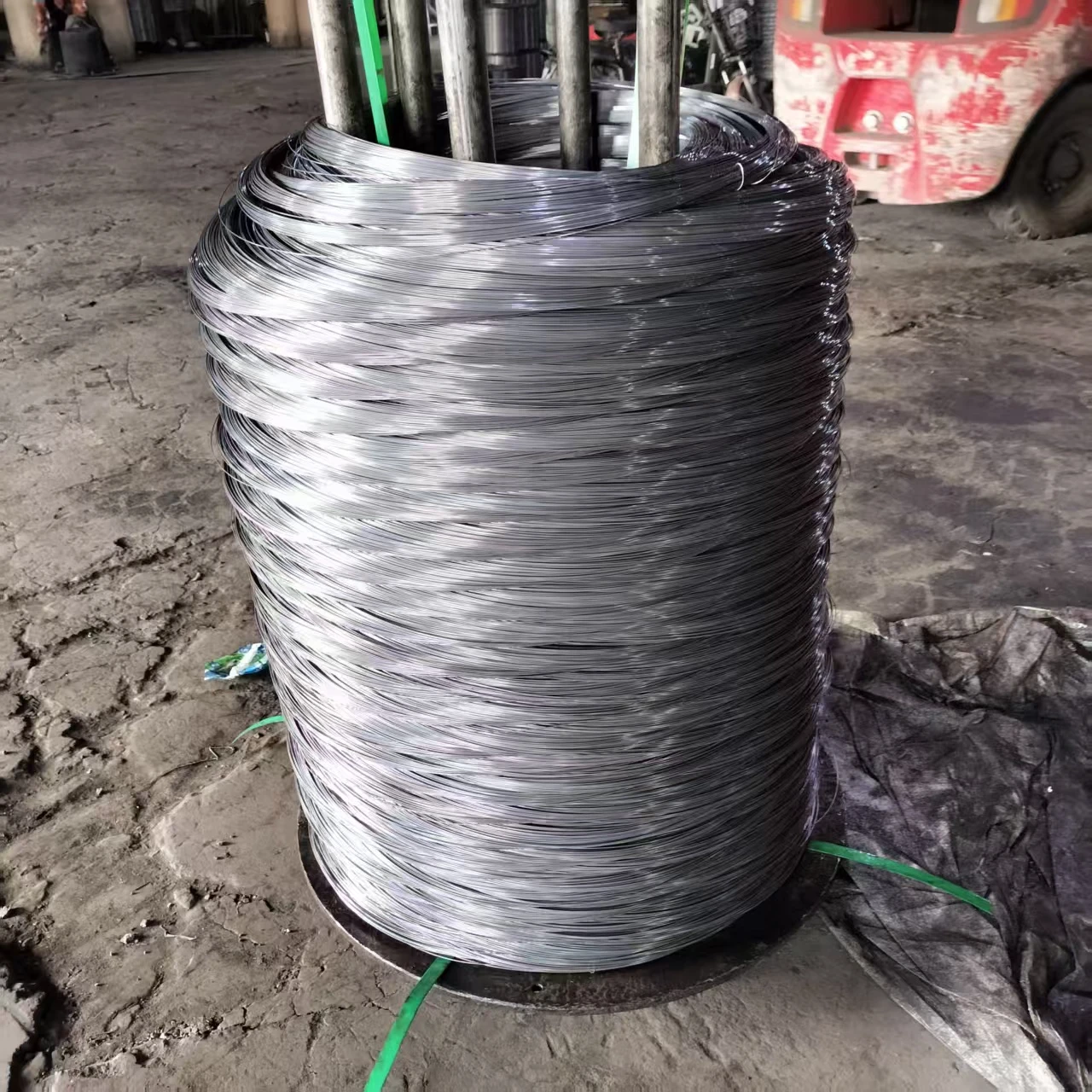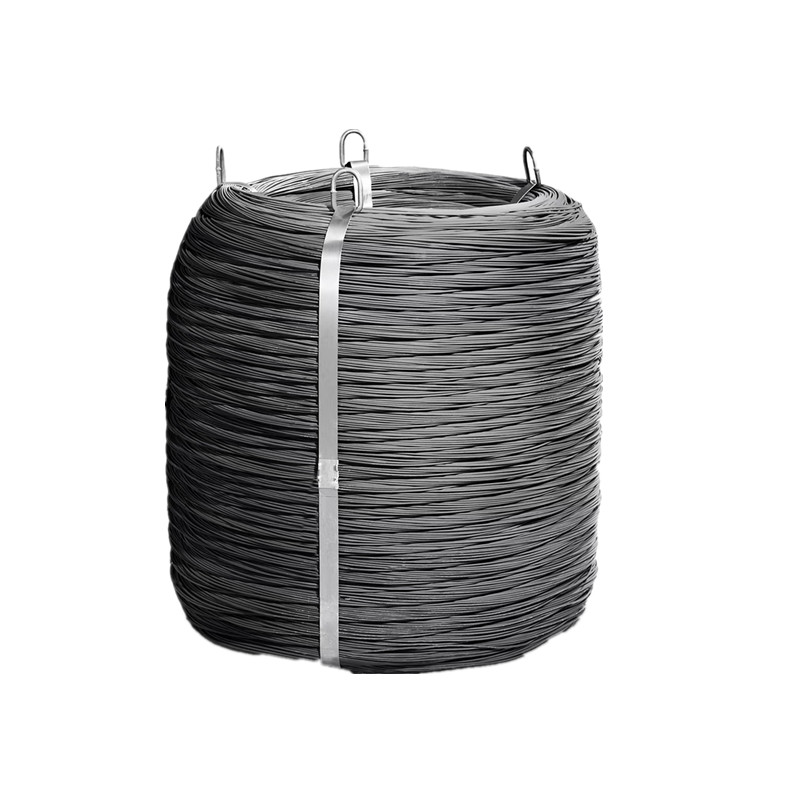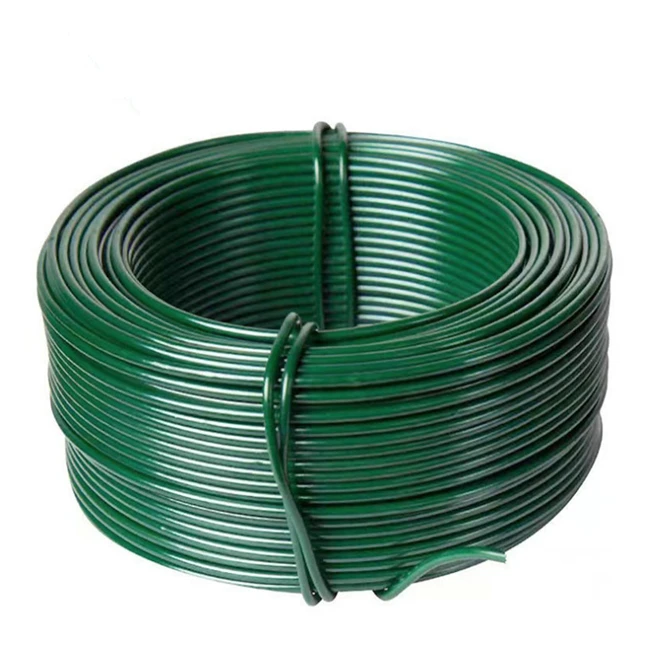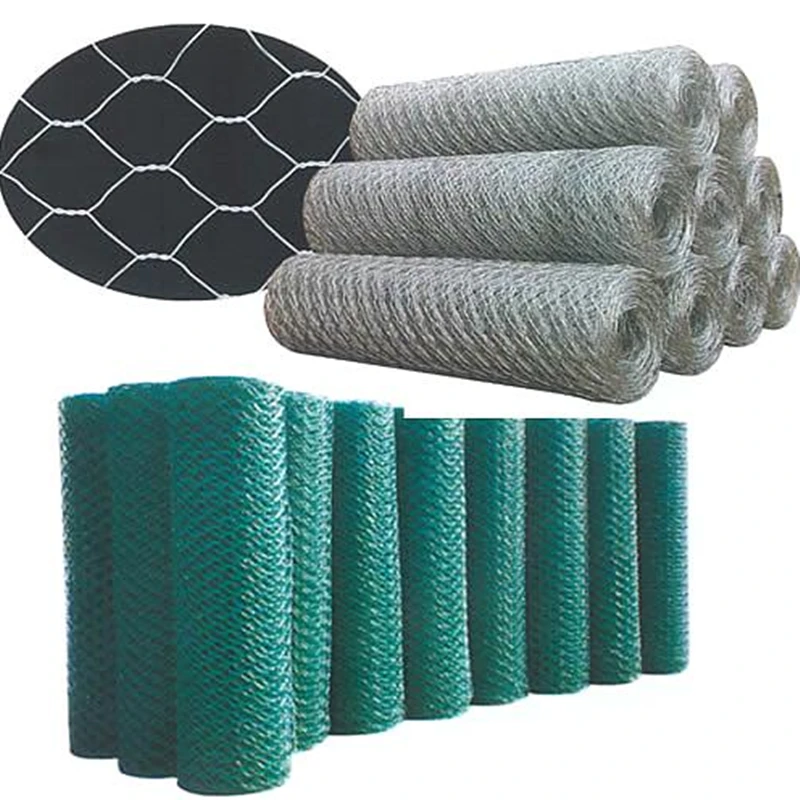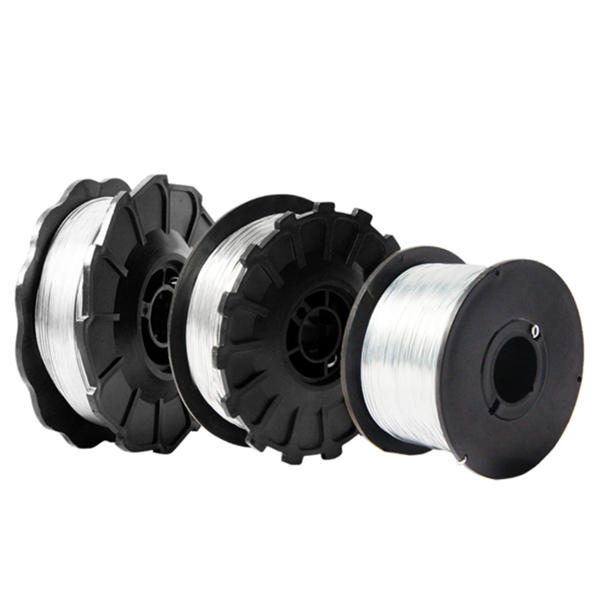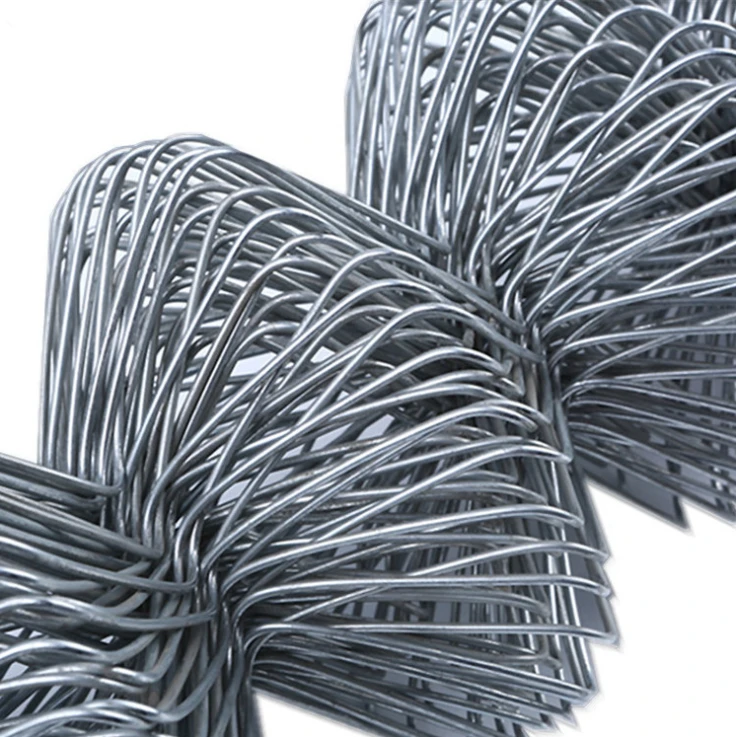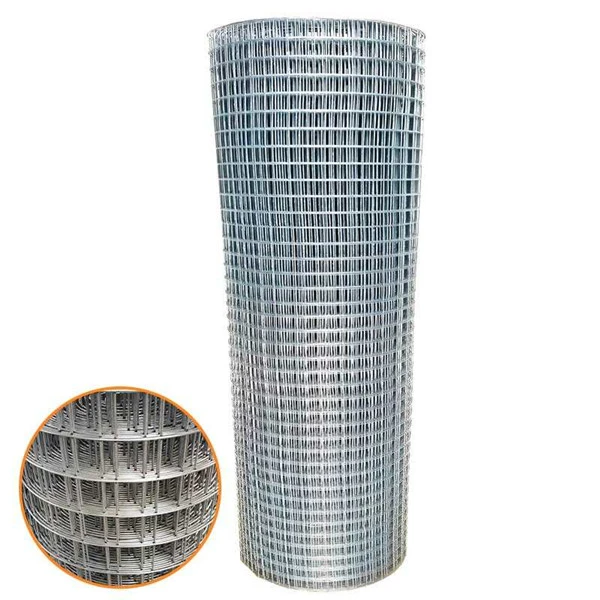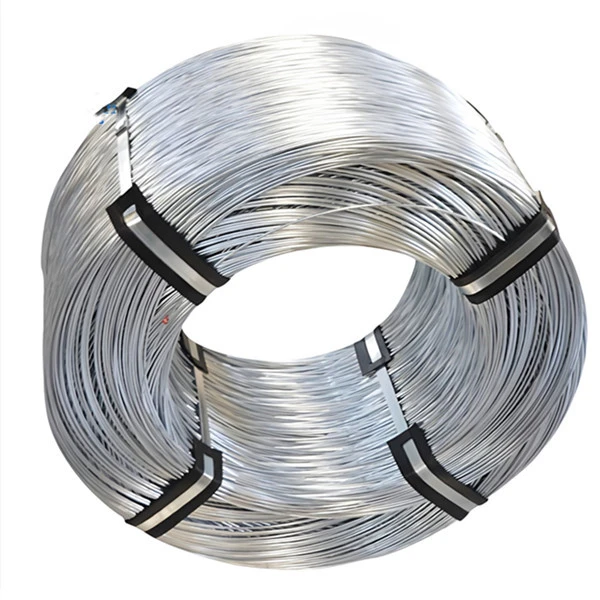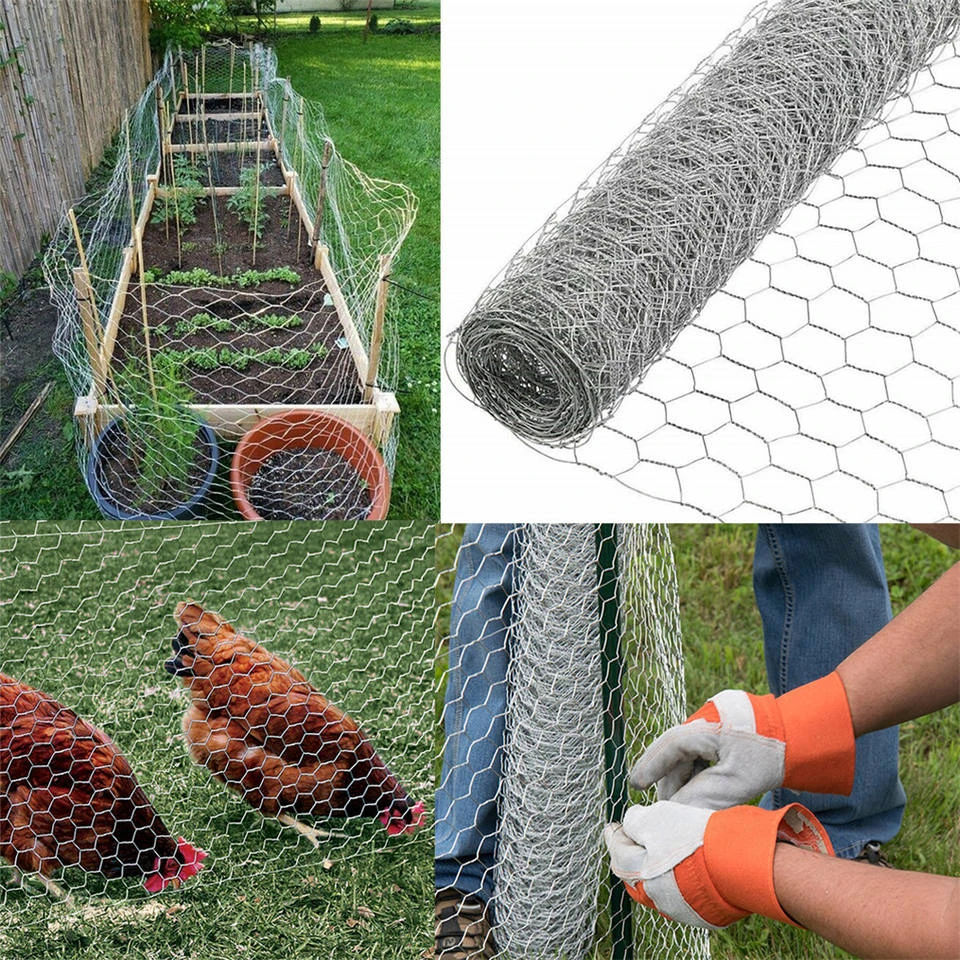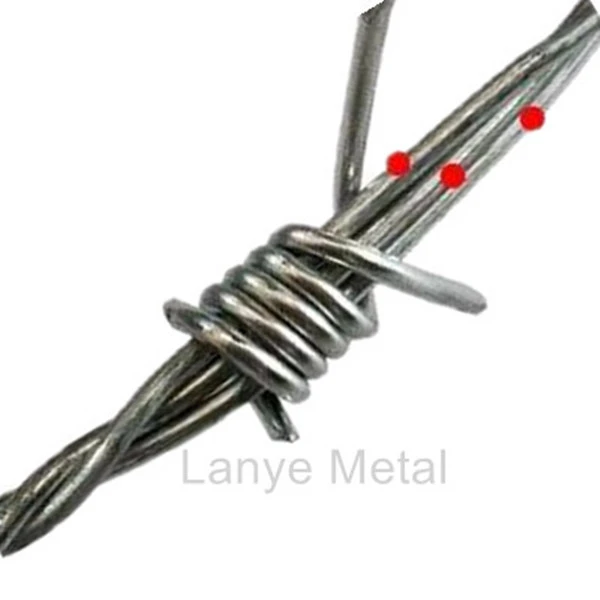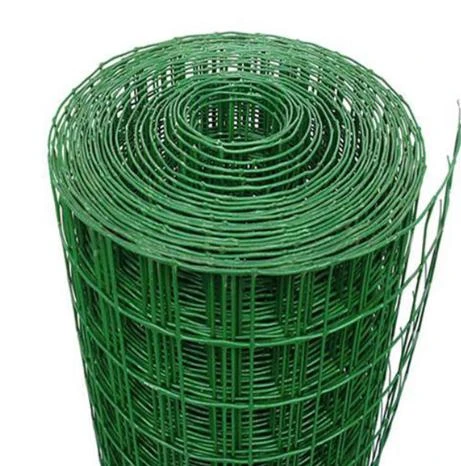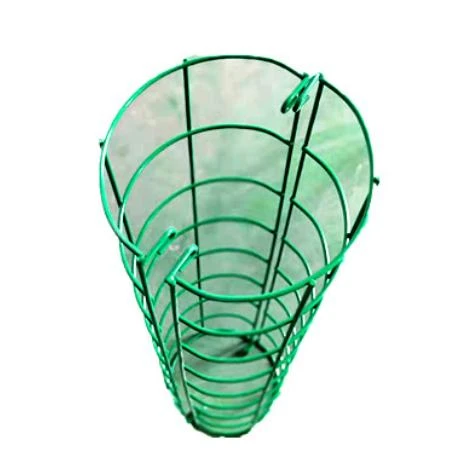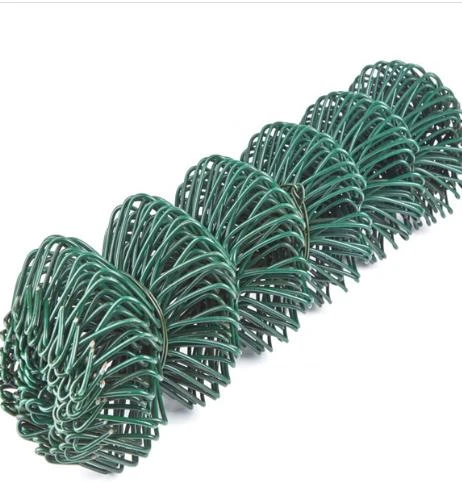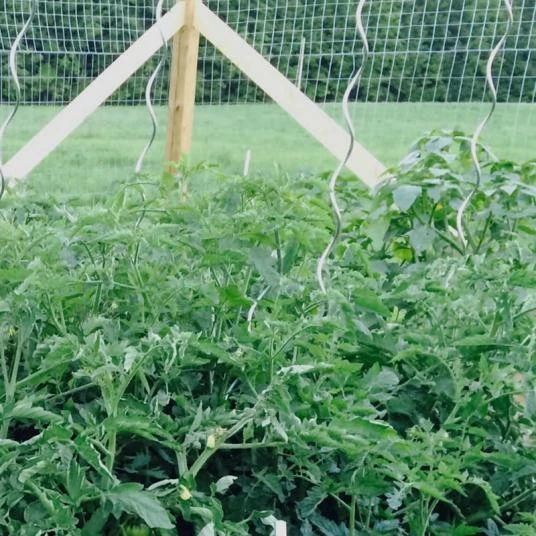- Market Impact of Rodent Control Solutions
- Technical Advantages of Welded Rat Mesh Design
- Commercial Pricing Comparison: Value Assessment
- Material Science Behind Corrosion Resistance
- Customization Framework for Project-Specific Needs
- Installation Excellence in Diverse Environments
- Implementing Effective Rat Mesh Wire Solutions
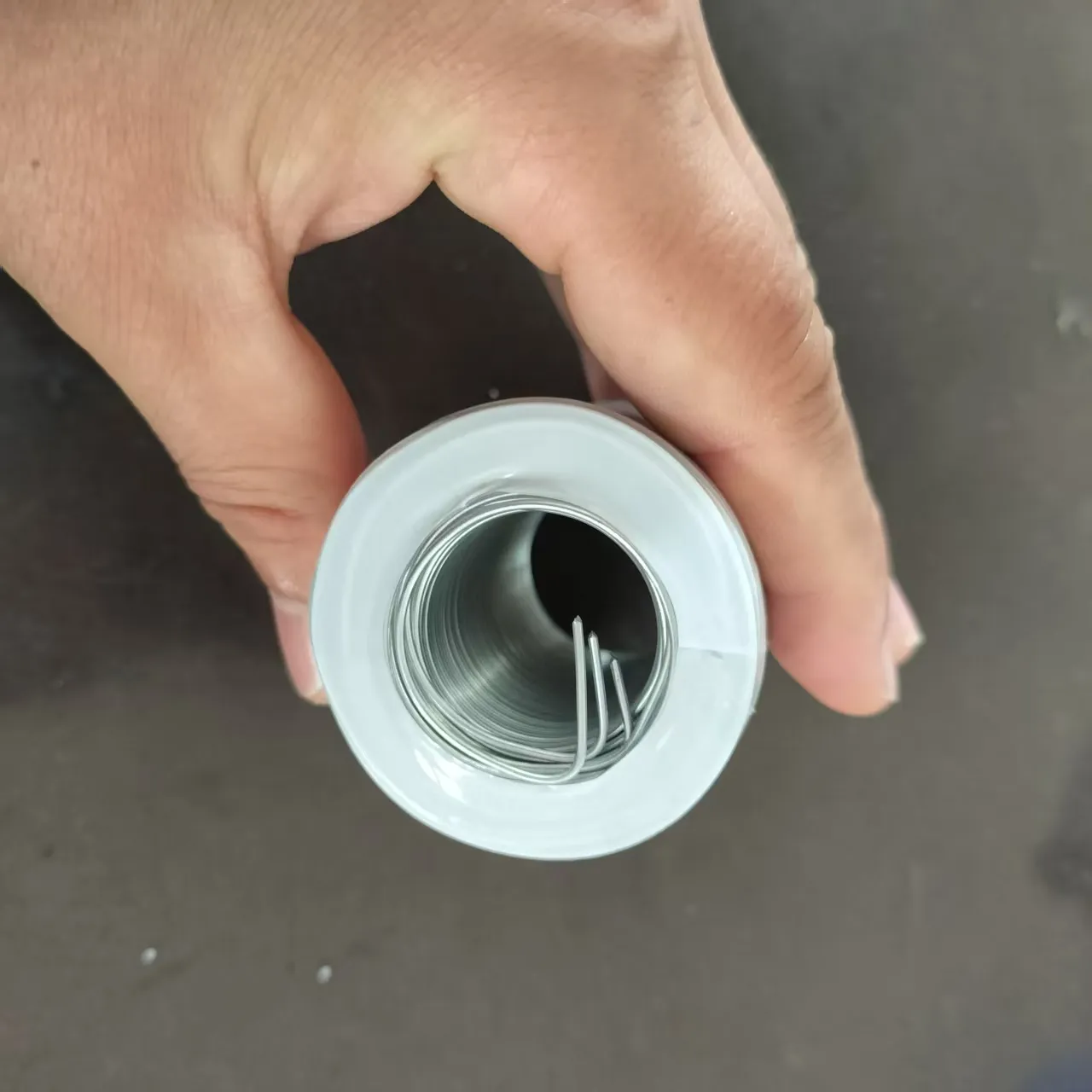
(rat mesh wire)
The Growing Demand for Quality Rat Mesh Wire Protection
Global rodent damage accounts for over $19 billion annually in structural and agricultural losses according to World Health Organization metrics. These startling figures drive increased investment in physical barriers like welded rat mesh wire
systems, with industrial usage growing 7.2% year-over-year since 2020. Unlike traditional pest control methods, 2x2 welded wire mesh creates impenetrable physical shields while permitting necessary air and light flow. Municipal projects across Europe and North America have standardized specifications requiring welded rat mesh in critical infrastructure projects since 2018, reflecting durability validation through decade-long installations. Current procurement trends indicate professional contractors prioritize three key factors: certified tensile strength exceeding 65,000 PSI, uniform 2"x2" openings that prevent juvenile rodent intrusion, and hot-dip galvanizing meeting ASTM A123 standards. These specifications align with ISO 9001 pest management frameworks adopted by food processing plants and pharmaceutical facilities where contamination risks carry legal liability.
Engineering Superiority in Welded Mesh Construction
Precision manufacturing creates significant advantages in welded rat mesh wire applications. Robotic resistance welding generates fusion points maintaining 90-95% of base metal strength, unlike woven alternatives that develop weak points at intersections. Industrial installations consistently demonstrate that 12-gauge galvanized rat mesh withstands 250-300 lbs of point pressure without deformation, sufficient to resist determined rodent gnawing and environmental stresses. Advanced corrosion protection systems like triple-layer PVC coating (minimum 0.45mm thickness) provide 25+ years of protection in salt-heavy environments where standard galvanization fails within a decade. These technical specifications make properly manufactured welded mesh solutions particularly valuable in coastal cities and cold storage facilities where both rodents and corrosion present parallel threats to structural integrity.
Commercial Landscape Analysis: Quality vs. Cost Tradeoffs
| Supplier Type | Material Gauge | Coating Type | Price per m² (2x2 Mesh) | Certifications | Project Lifespan |
|---|---|---|---|---|---|
| Economy Import | 14 ga | Electro-galvanized | $3.80 | None | 3-5 years |
| Mid-Tier Domestic | 12 ga | Hot-dip Galvanized | $6.25 | ISO 9001 | 10-15 years |
| Premium Specialty | 10 ga | PVC Reinforced | $9.40 | ASTM A123 | 25+ years |
The pricing comparison reveals significant quality differentiation at various buy welded wire mesh price points. Major distributors like Grainger and Global Industrial maintain separate product tiers classified by zinc coating thickness and welding consistency. Independent testing shows imported 'bargain' options with thinner coatings consistently develop rust perforations within 18 months of exposure to moisture, compromising rodent protection. Industrial purchasers should prioritize mills providing mill certification reports verifying zinc adherence exceeding 200 g/m² – the industry standard for permanent installations.
Durability Science: Material Engineering Breakthroughs
Galvanic protection chemistry explains why premium rat mesh wire maintains performance decades longer than alternatives. When hot-dip galvanizing at 449°C, zinc-iron intermetallic layers create barrier and cathodic protection simultaneously. Post-fabrication coating repairs using zinc-rich paints meeting 95% zinc dust content by volume preserve this protection at cut edges and welds. Accelerated salt spray testing confirms 3,500+ hours before red rust appears on Class 3 galvanized meshes – equivalent to 34 years in moderate industrial environments. Recent innovations include copolymer hybrid coatings that achieve 10,000+ salt spray hours through zinc-aluminum-magnesium matrices, though material costs remain 40-60% above standard galvanization. These technical distinctions become crucial when specifying protection for high-humidity agricultural storage or marine applications where standard wire meshes consistently underperform.
Project-Specific Design Specifications
Specialized installation challenges require tailored rat mesh wire solutions beyond standard catalog offerings. Circular containment for silo foundations demands radial cutting patterns with 98% accuracy to prevent gap vulnerabilities, achievable through CNC cutting services now offered by major suppliers. Structural integration in seismic zones necessitates ASTM A185-compliant ladder reinforcements within the mesh matrix, increasing load tolerance by 300% while maintaining specified opening dimensions. Facilities requiring visual transparency can select Type 316 marine-grade stainless steel at 3-4 times standard 2x2 welded wire mesh price points but with indefinite corrosion resistance and superior aesthetic integration. Custom bending services now enable single-plane to three-dimensional installations on complex architectural contours – essential for historical renovations where appearance preservation carries equal importance to rodent exclusion.
Verified Performance in Critical Environments
Field documentation from USDA-monitored facilities demonstrates the operational impact of proper welded mesh installation techniques. A Midwest grain co-op reduced rodent intrusion events by 92% following systematic replacement of 1" chicken wire with 2x2 welded rat mesh wire at all ground-level openings, maintaining mandatory ventilation requirements while eliminating points of entry. Coastal fisheries processing plants implementing zinc-aluminum coated systems reported zero corrosion failures after eight years – remarkable in environments where standard galvanized meshes require replacement every 18-24 months. Proper installation methodology requires continuous tensioning systems at perimeters exceeding 15 linear meters to prevent deflection under rodent pressure and environmental stresses. Professional pest control associations now require photographic documentation of mesh installation quality before issuing exclusion warranties.
Strategic Implementation of Rat Mesh Wire Solutions
Comprehensive rodent exclusion integrates welded mesh barriers into multi-layered defense strategies rather than standalone solutions. Successful facilities combine welded rat mesh wire foundations with elevated mounting systems preventing tunneling, supplemented by electronic perimeter monitoring that alerts to installation compromises. Progressive procurement divisions have shifted toward vendor-managed inventory programs guaranteeing 48-hour replacement delivery for damaged sections – critical in food production environments where temporary gaps create regulatory violations. When evaluating suppliers, request manufacturing quality documentation including batch-specific salt spray certifications and material composition reports. Always prioritize ASTM-certified manufacturers over import distributors unable to provide material traceability, particularly when purchasing bulk welded wire mesh for government or institutional projects where material validation carries contractual compliance requirements.
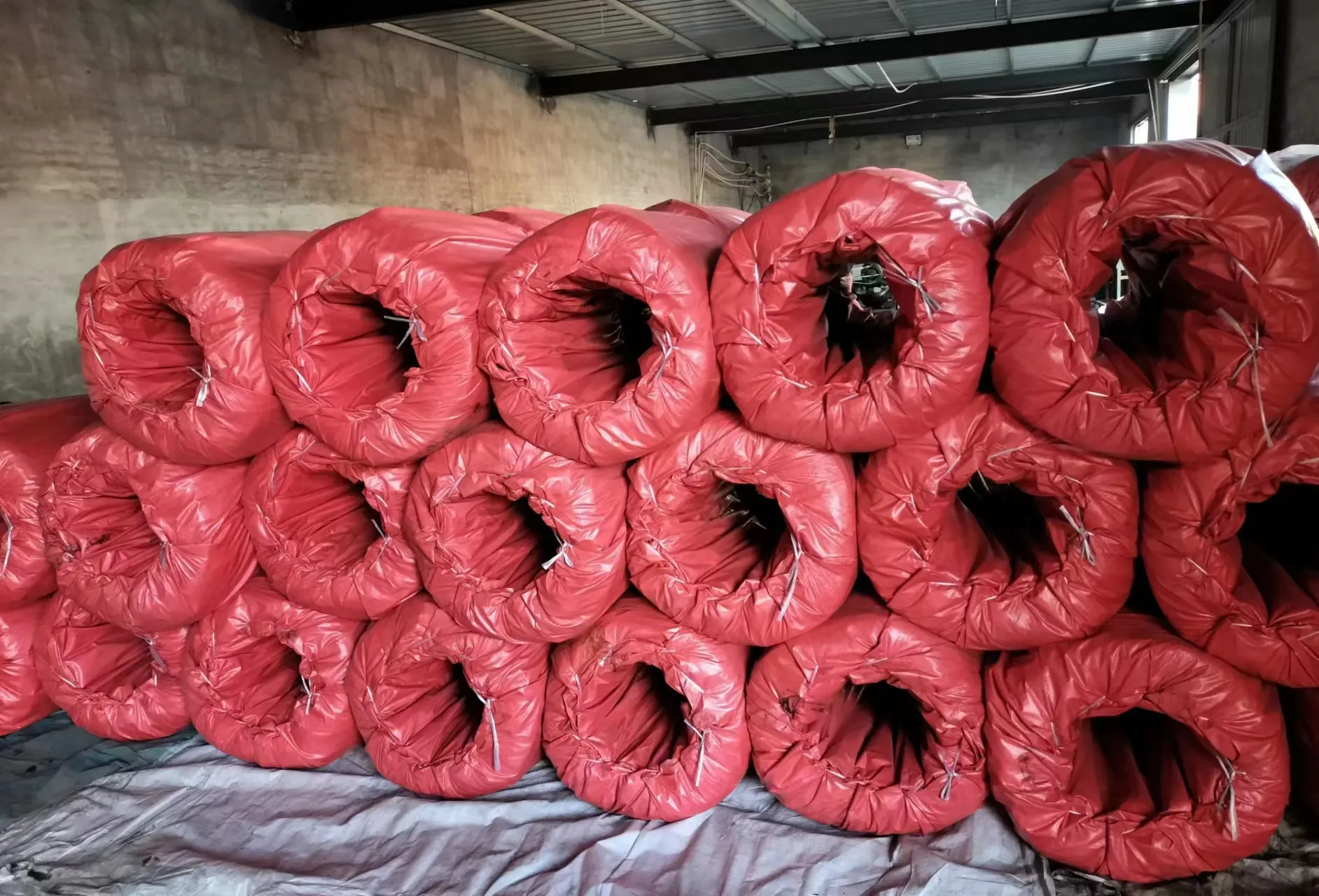
(rat mesh wire)
FAQS on rat mesh wire
Q: What is rat mesh wire typically used for?
A: Rat mesh wire is commonly used for pest control, garden protection, and fencing. Its small openings prevent rodents from passing through. It's durable and ideal for both residential and agricultural applications.
Q: What factors affect the 2x2 welded wire mesh price?
A: The 2x2 welded wire mesh price depends on material type (galvanized vs. stainless steel), wire gauge thickness, and order quantity. Bulk purchases often reduce the cost per unit.
Q: Where can I buy welded wire mesh online?
A: Welded wire mesh is available on e-commerce platforms like Amazon, Home Depot, and Alibaba. Specialty suppliers and local hardware stores may also offer customized sizes.
Q: How does 2x2 welded wire mesh differ from rat mesh wire?
A: 2x2 welded wire mesh has larger openings for lightweight fencing or construction, while rat mesh wire features tighter spacing (e.g., 1/4") to block small pests. Both are galvanized for durability.
Q: What should I check before buying welded wire mesh?
A: Verify the wire gauge, coating type (galvanized, PVC), and mesh size for your specific use. Compare prices per square foot and confirm certifications for corrosion resistance.



